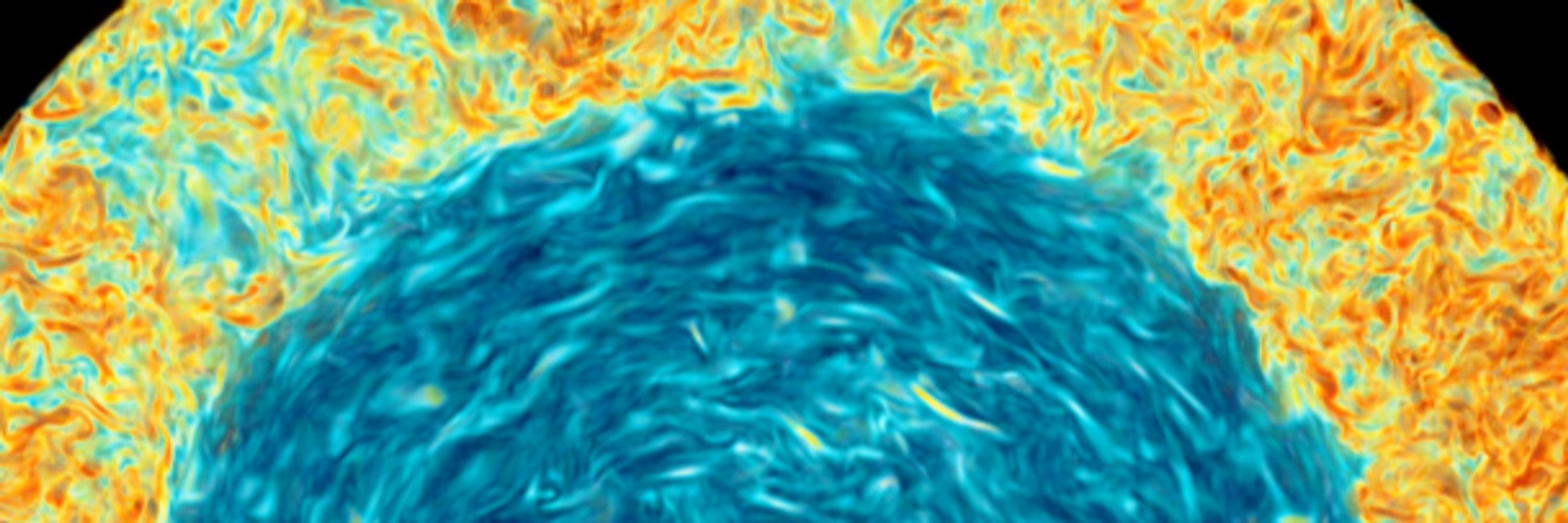


Learn more: www.iau.org/Iau/News/Ann...
#UVic #UniversityofVictoria #UVicScience #Astronomy #GruberFellowship


Learn more: www.iau.org/Iau/News/Ann...
#UVic #UniversityofVictoria #UVicScience #Astronomy #GruberFellowship
A week dedicated to a deep dive into 3D simulations of stars, transport phenomena, internal gravity waves, asteroseismology predictions, wave turbulence and more ....

A week dedicated to a deep dive into 3D simulations of stars, transport phenomena, internal gravity waves, asteroseismology predictions, wave turbulence and more ....
#UVic #UVicScience #CASCA #ARC #NRCHerzberg #Astronomy



Read about scientists’ innovative use of the James Webb Telescope to capture the early stages of planetary formation: www.uvic.ca/science/home...

Read about scientists’ innovative use of the James Webb Telescope to capture the early stages of planetary formation: www.uvic.ca/science/home...



